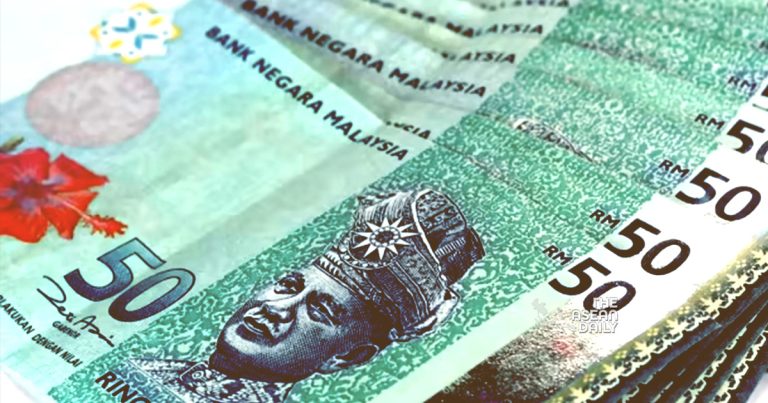19-10-2023 (KUALA LUMPUR) The Malaysian ringgit, hit by the nation’s widening rate differential with the US, has plummeted to its lowest level since the Asian Financial Crisis. The currency tumbled by as much as 0.5% to 4.7703 against the US dollar, marking its weakest performance since 1998. This year, the ringgit has emerged as the worst-performing currency in Asia, trailing behind the yen.
The recent decline in the Malaysian ringgit comes as the US dollar gains strength on the back of safe-haven demand, fueled by concerns over the Israel-Hamas war. Additionally, hawkish bets on the Federal Reserve (Fed) have contributed to the dollar’s ascent, driven by robust US economic data. Meanwhile, Malaysia, a Southeast Asian country, has experienced a consecutive seven-month drop in exports, primarily due to a slowdown in its largest trading partner, China.
Another factor pressuring the ringgit is the decision of Bank Negara Malaysia to halt interest-rate hikes at 3% since July. Consequently, the local overnight policy rate now stands at a record discount relative to the upper bound of the Fed fund rate, making ringgit-denominated assets less attractive to investors holding US dollars. Furthermore, Malaysia’s inflation-adjusted rate spread is currently at 1% after August’s price growth reached 2%. The government’s plan to reduce blanket fuel subsidies might exacerbate inflationary pressures and erode the rate spread.
The unexpected rate hike by Bank Indonesia on Thursday illustrates policymakers’ growing concerns about currency weakness resulting from prolonged bets on a more hawkish Fed. This move has also enhanced the appeal of the rupiah by pushing the policy rate 50 basis points above the upper bound of the Fed fund rate.
Vishnu Varathan, head of economics and strategy at Mizuho Bank Ltd in Singapore, pointed out that the ringgit’s underperformance is attributed to “real rate spreads that could turn a lot more unfavorable, especially as the subsidy rollback hits inflation and reveals softer real policy rates.” Policymakers now face a challenging tradeoff between potential economic headwinds from higher interest rates and the risk of jeopardizing macroeconomic stability and the value of the ringgit if they fail to respond to these risks.




